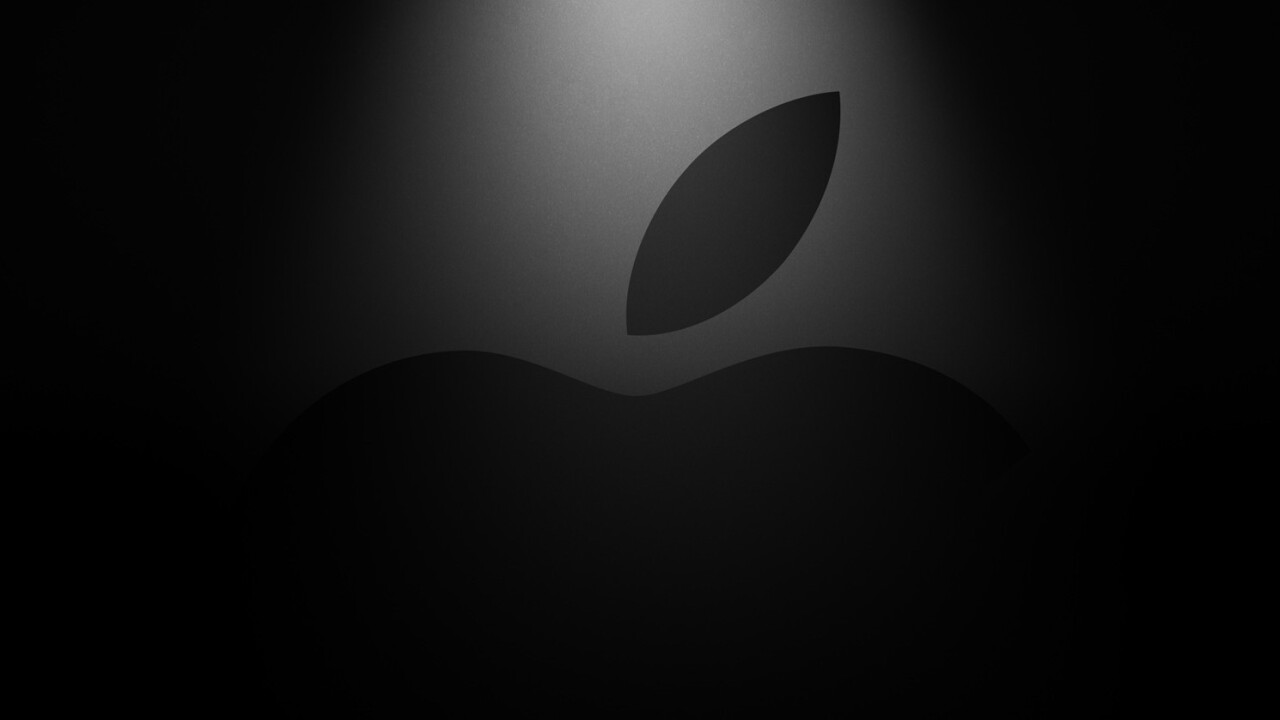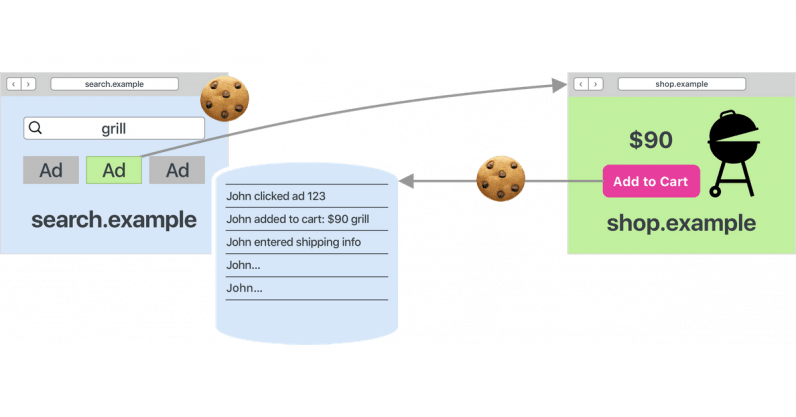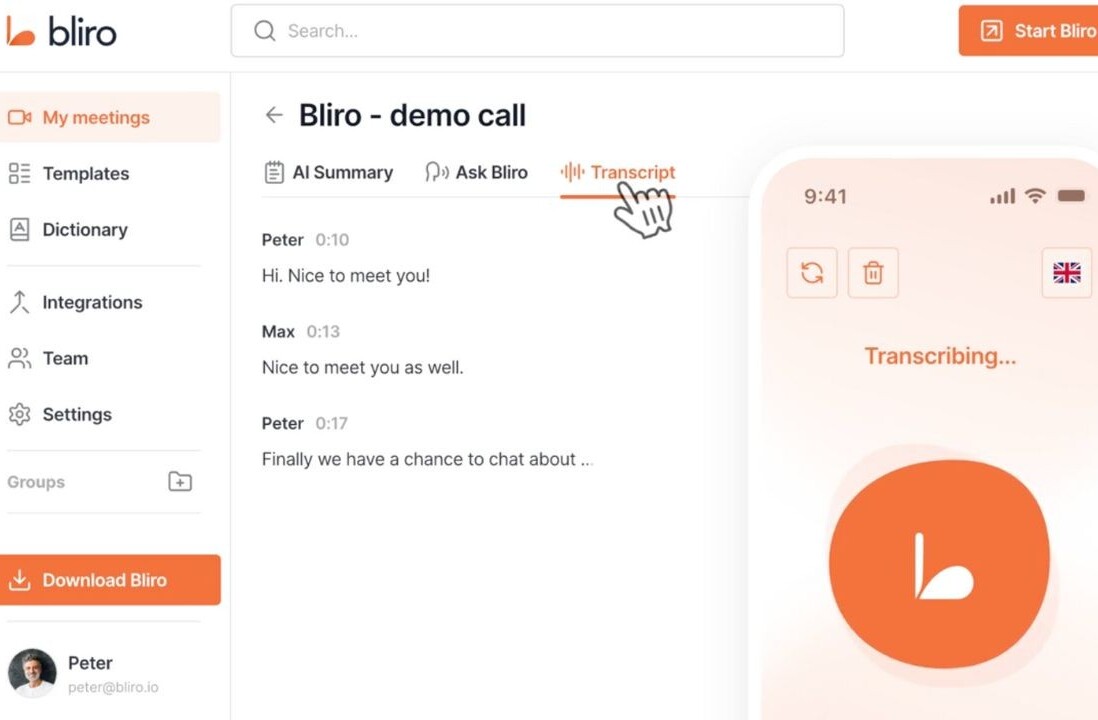
Apple has outlined a new plan to make online ads private.
A new Safari feature, called Privacy Preserving Ad Click Attribution, aims to stop ads from tracking you across the web.
The company says the proposed solution will allow advertisers to measure the effectiveness of their ad campaigns on the web without compromising on your privacy.
This effectively means an advertiser can know that you bought an item by clicking an ad — called ad conversion — but won’t posses any identifiable information about you.
How online tracking works today
It’s no secret that today’s modern web largely runs on ads. While they keep it free and thriving, you don’t want to see them autoplaying or taking up the full screen every time you click on a page.
What’s worse, online advertising relies heavily on being able to track your every move — an approach that’s effectively turned the internet into a spying machine, fueling surveillance capitalism and normalizing pervasive tracking and data-mining.
One method often employed to serve personalized adverts is the use of tracking pixels (typically, an invisible image embedded in a website). Third-party cookies are another.
Cookies are small pieces of data exchanged between a user and website operator that can be used to differentiate one user from another, offer continuity around the web, track browsing sessions across different websites, and target ads.

So, let’s say you search for television sets on Google, and then you click an ad in the search results page that takes you to the seller’s website. Assuming you add the item to the shopping cart and place an order, the seller will send back status of your purchase back to Google through tracking pixels.
This will let the search engine know what actions you took on the online store — a process that’s called ad attribution. In addition, it enables the site on which you clicked the ad to compile detailed dossiers about you, your purchasing habits, and other sensitive demographic information.
Of course, this kind of tracking, referred as cross-site tracking, can be avoided by installing an ad-blocker, or turning on tracking protection in browsers like Safari (Intelligent Tracking Protection) and Firefox (Content Blocking).
But a unilateral blocking of all ads also punishes well-behaved websites that avoid intrusive ad formats, thereby preventing them from making money.
Privacy Preserving Ad Click Attribution
Apple says it has found a middle ground that’s a win-win for both consumers and advertisers. It is also pushing the technology as a standard to the World Wide Web Consortium so that other browser makers can embrace it.
According to Apple, the feature is built into the browser itself and runs on-device, meaning that the browser vendor does not see any of the ad-related data.
“Online ads and measurement of their effectiveness do not require Site A, where you clicked an ad, to learn that you purchased something on Site B,” John Wilander explained in the blog post. “The only data needed for measurement is that someone who clicked an ad on Site A made a purchase on Site B.”
I won’t get into the technical aspects of how this new WebKit implementation works, but here is a gist of it: ad clicks would be stored by the site hosting the ad (e.g. Google) on the browser. Advertisers will then be able to match conversions — like a store purchase — to the stored ad click, using existing tracking pixel mechanism to pass user actions to the browser as opposed to the referrer directly.

Once the browser matches a conversion against a stored ad click, it waits for a random period between 24 and 48 hours to confirm the conversion back to the advertiser, passing along the ad campaign — identified by a specific number from 0 to 63 — and other parameters.
The technique, in short, makes your browser the middleman. Instead of passing ad conversion information directly between sites, now they will have to talk to the browser. It’s worth noting the browser stores ad clicks only for a limited time of seven days.
By introducing a randomized delay of up to two days, an advertiser will no longer have access to your buying patterns in real-time. Also, by restricting the number of campaign IDs, the merchant will also not be able to assign unique tracking codes to each ad click, making it a lot more difficult to track individual users across the web.
Will it take off?
Although anti-tracking methods like Do Not Track have been proposed before, they have failed to take off. Do Not Track made it possible to inform publishers and advertisers that you don’t want to be tracked online, but to the surprise of no one, almost no publishers honored these user preferences.
What makes Apple’s case a little different is that it comes at a time when Silicon Valley companies have been grappling with calls for greater transparency in their data collection practices. Its tech rivals Facebook and Google have struggled with an avalanche of privacy scandals over the last couple of years.
At the same time, the idea of a privacy-preserving ad tracking makes for a convenient marketing push. With Apple behind it, the development gives the company a shot at championing the cause for privacy, while also hitting Facebook and Google whose businesses primarily rely on ad revenue.
The new privacy-focussed setting is available as an experimental feature in the developer build of Safari Technology Preview 82+. While it’s not expected to roll out to everyone until later this year, you can bet Apple will give it a mention at its 30th annual WWDC keynote on June 3.
Get the TNW newsletter
Get the most important tech news in your inbox each week.





